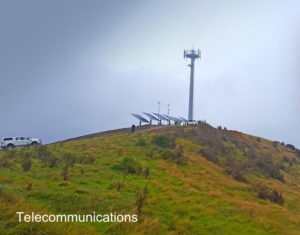Battery maker Redflow reduces cash burn as it aims to hit the black
Tech
Tech
Battery maker Redflow has a little over $9 million in cash which is expected to cover the rest of 2017, as it grinds out the last months of a long year.
Redflow spent $4 million in the third quarter — largely on moving its manufacturing base to Thailand from Mexico — and expects to spend another $4.6 million this quarter.
New chief Richard Aird said the third quarter burn rate wasn’t as bad as expected because they’d been able to delay buying some of the inventory from the manufacturer in Mexico, and spread the cost over the fourth quarter.
They were originally anticipating a $5.8 million spend.
Mr Aird told Stockhead the cash burn rate should start moderating from next year onwards, but that will depend on matching sales with manufacturing.
He did not give guidance on how much the quarterly spend might drop.

If the former outruns the latter they will need to scramble to buy more inventory to get more batteries out the door.
“We’re not predicting a steep ramp right now. We’re expecting an orderly ramp over calendar 2018,” he said.
That means production of about 200 batteries a month and becoming cash flow neutral by the end of 2018.
The reality is that they may need to raise money again. The board said in the annual report in August they’re confident they could achieve that.
“I’d like to think we can get through without it but it’s a little bit hard to say until we get into production and resume orderly sales to our partners. We’re obviously very keen to get back to doing,” Mr Aird said.
A turnaround year
Redflow (ASX:RFX) is one of Australia’s earliest battery ventures, specifically their ZCell zinc-bromide flow batteries — systems that allow a slower, longer release of energy than lithium ion batteries.
But it’s not had a good run, as lithium batteries have leapfrogged its arguably more suitable service for home energy storage, in both price and sheer market recognition.
At the end of September, Redflow was forced to acknowledge that it would continue to bleed cash “for the time being” as it implements a strategic review.
It’s raised $14.5 million in the last quarter, but is relying on being able to raise more money to get through the foreseeable future.
A strategic review of the business in May acknowledged that it couldn’t compete on price with lithium ion batteries.
Mr Aird says the residential niche they’re finding is with people who want to go off-grid. Telecommunications outposts, which need long-lasting set-and-forget batteries, as well as commercial and industrial applications are the other segment foci.
Redflow finished Monday down 1 per cent to 9c.